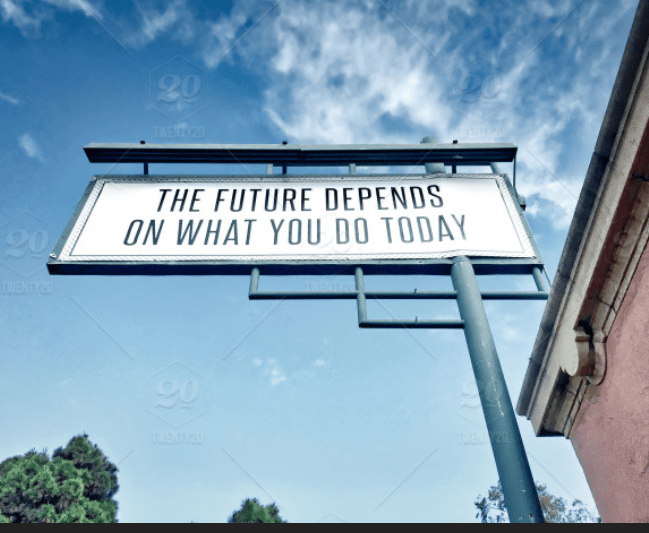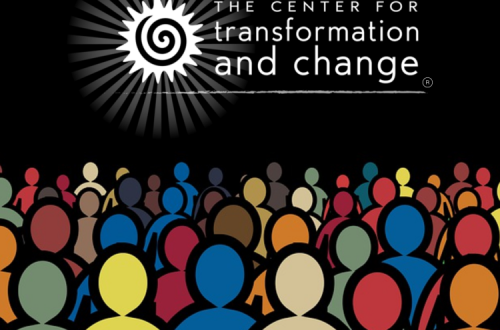Strategies for Leaders to Use an Inclusion Lens in Crisis Management
It is imperative during this global crisis that we work TOGETHER to move forward.
In these unprecedented times, as leaders are in crisis management mode, making urgent decisions that have significant impact on employees and those they serve, it’s essential to ensure that everyone is included in plans to rise above this pandemic.
Working together means using an Equity & Inclusion Lens as we make decisions, plan programs, and develop services to live our lives amidst the hidden threats of an unseen virus.
I’ll be sharing proven and helpful tactics for using an Inclusion Lens in my upcoming webinar, “Strategies to Use an Inclusion Lens in Crisis Management,” on Thursday, May 21st at 12pm MT/2pm ET. You can register fast & free right here.
And while life as we know it can never be the same, let us transmute this seemingly dark cloud that hangs over us into a new way of living: one where we embrace our differences and include everyone as we work together to create a whole new world.
“It is worth remembering that the time of greatest gain in terms of wisdom and inner strength is often that of greatest difficulty.”
-Dalai Lama
Using an Inclusion Lens to Ensure No One Is Left Out
Every aspect of our lives has been impacted by the global pandemic. Our once very social lifestyles have now transitioned into an era of social distancing.
Our careers have been impacted. A record number are unemployed, many are working from home, and we have come to have a new appreciation for those out there working on the front lines in the face of seemingly insurmountable challenges.
While a difficult time of profound uncertainty, it can be one of a new awareness. Society is becoming aware of how important all jobs are. We keep hearing the oft-used phrase “We’re all in this together…” as a way to imply that everyone has been affected in some way. And while this is true, it’s already been noted noted how people of color have been disproportionately impacted during this ongoing pandemic.
Political leaders talk of pay increases and bonuses for those in the service industry. Let us hope that this is the beginning of addressing inequities in color, gender, race and ethnicity in all areas. We can use activities and resources to teach people to analyze and revise existing practices and policies with an Equity & Inclusion Lens.
With an Inclusion Lens, you’ll note that not every member of an insider group treats outsider group members in the same way. An Inclusion Lens can be used in a group setting, or as self-work as an Inclusion Practitioner.
Use an Inclusion Lens to analyze current policies, practices, services & programs:
- Identify what identity groups will most likely have their needs met given a specific policy, practice, program or service.
- Recognize what identity groups might not have their needs met given a specific policy, practice program or service.
- Track current utilization of programs and services within your area by group membership.
- Use this data to continually evaluate and revise current programs, services, practices, etc. to ensure inclusion for the full breadth of people.
- Create process maps of current programs, service, policies, etc. to identify where they currently create inclusion – as well as areas needing greater equity.
Self-Work as an Inclusion Practitioner
As you do self-work with your Inclusion Lens, you can ensure you:
- Are aware of your biases, assumptions and stereotypes for the full range of privileged and marginalized groups.
- Become mindful of your own ‘early warning signals’ that you are being triggered.
- Work around your triggers, explore their roots, do healing work.
- Continually interrupt, reframe and unlearn biases, stereotypes and assumptions about members of privileged and marginalized groups.
As we move forward, we can effectively utilize an Equity & Inclusion Lens to can help people explore:
- By group membership, whose needs will probably be met with these new decisions and policies? Who might not?
- Are there any groups we haven’t thought about?
- Any groups that might face unintended barriers and obstacles if we move ahead?
- Groups that will potentially experience differential levels of negative impact?
- How can we modify and revise policies and practices to meet the needs and support the success of a much fuller breadth of groups?
I’ll cover these topics more in-depth in my upcoming webinar, “Strategies to Use an Inclusion Lens in Crisis Management,” on Thursday, May 21st at 12pm MT/2pm ET.
Register here, FREE (and invite your colleagues to join us virtually).
Now is the ideal time to move forward towards greater inclusivity. See you then!
“Our ability to reach unity in diversity will be the beauty and the test of our civilization.”
-Mahatma Gandhi




